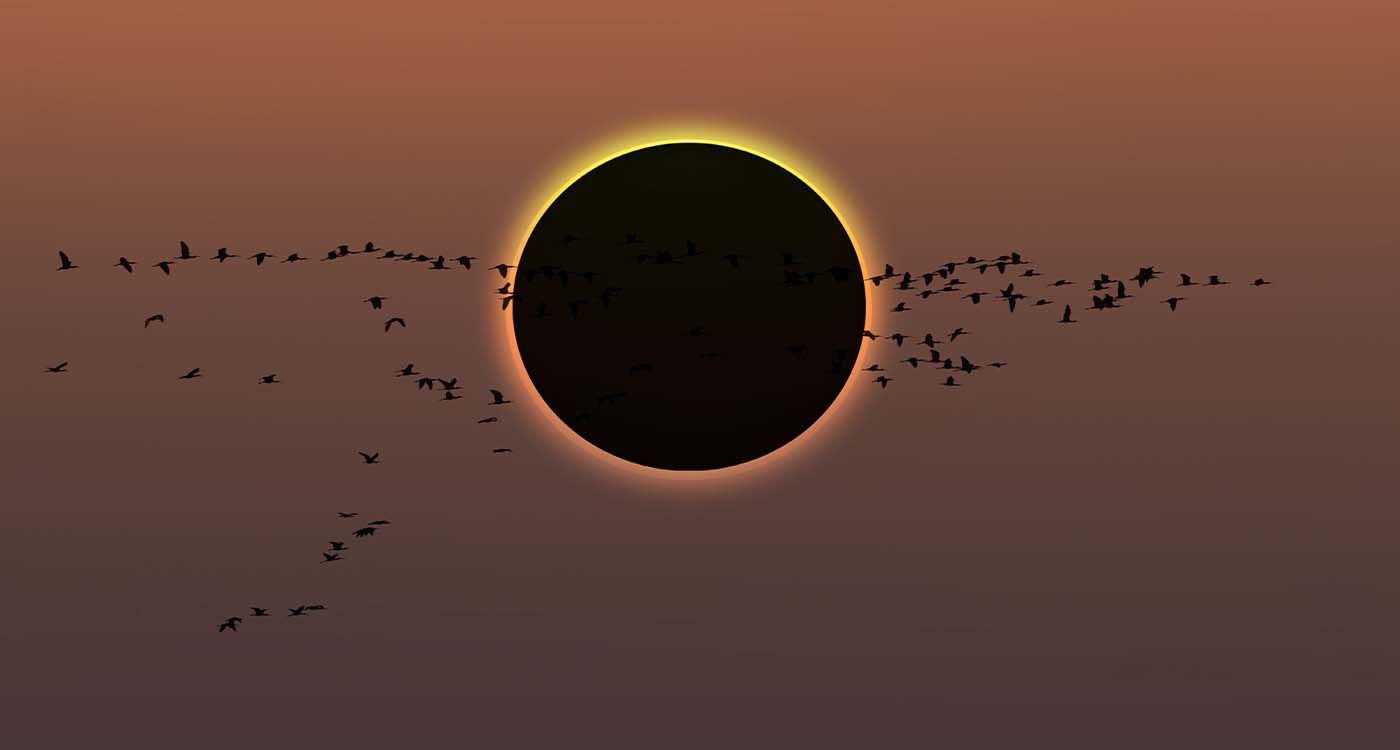
On August 2, 2027, a total solar eclipse will sweep across Spain, North Africa and the Middle East. Partially visible from Lebanon, this rare phenomenon will last up to 6 minutes and 23 seconds at its peak.
On August 2, 2027, a narrow band of totality will stretch from southern Spain to the southern Arabian Peninsula, offering a dramatic celestial display already dubbed “the eclipse of the century.” It is set to be one of the most spectacular astronomical events of the 21st century. The eclipse will begin over the Atlantic Ocean shortly after sunrise, cross Andalusia, Gibraltar, then Morocco, Algeria, Tunisia, Libya and Egypt, reaching its maximum near Luxor with 6 minutes and 23 seconds in all. This exceptional duration is due to the Moon’s proximity (perigee) and the Sun’s apparent distance (aphelion).
The eclipse will also be visible across parts of the Middle East, including Saudi Arabia and Yemen. While Lebanon does not fall within the path of totality, it will witness a partial eclipse. In Beirut, it will begin at 11:39 AM, peak at 12:58 PM (with about 77% of the Sun obscured), and end at 2:15 PM local time. With the Sun high in the sky (around 74° altitude), the event will be clearly visible using proper eye protection.
A Rare Shadow
The combination of this eclipse’s long duration and typically clear summer skies in the affected regions has captured the attention of the global scientific community. In Egypt, for instance, August skies are clear over 80% of the time, making it an ideal observation site. International teams will gather there to study the solar corona, which is visible only during total eclipses, along with temperature shifts, magnetic fields and impact on Earth’s atmosphere. Temporary installations are also planned in Morocco’s High Atlas Mountains at the Oukaïmeden Observatory.
The public is also preparing. Cruises, eclipse-themed tours and travel packages are already on offer. Luxor, lying in the heart of the eclipse’s path, is among the most sought-after locations to witness the event. The Moon’s shadow will also pass over major landmarks: pyramids of Giza, ruins of Carthage, deserts of southern Morocco and Andalusian coast. This intersection of science and cultural heritage is fueling global excitement.
In Western Europe and Lebanon, only a partial eclipse will be visible. Those wishing to experience full darkness will have to travel to the central band of totality, about 250 km wide. In Spain, regions like Algeciras, Marbella and Cádiz offer excellent viewing. Southern Morocco will also enjoy optimal conditions, along with parts of Tunisia, Algeria and Libya. Accommodation bookings are already on the rise, and observatories are publishing detailed maps and schedules.
NASA, astronomical institutes and local authorities are already issuing safety recommendations: whether viewing a total or partial eclipse, proper glasses are essential to avoid eye damage. In Lebanon, local scientific organizations are planning educational activities, public talks and guided viewing events in cities such as Beirut, Zahle and Saida.
An eclipse of this duration is extremely rare. A comparable event will not occur again until 2114. The August 2, 2027 eclipse is therefore a once-in-a-lifetime opportunity, whether you're in the path of totality or observing from afar. Even in Lebanon, the partial eclipse will be striking if you are prepared. The sky will not turn completely dark, but the light will take on an eerie hue, and the solar disc will offer a dramatic spectacle. A celestial rendezvous not to be missed.
August 2, 2027: Eclipse over the Valley of the Kings
One of the eclipse’s highlights will be its passage over Egypt’s Valley of the Kings.
This major archaeological site (resting place of New Kingdom pharaohs) will be plunged into total darkness for over six minutes. Several scientific institutions and media networks plan to install filming equipment to livestream the eclipse from this iconic setting. The convergence of modern astronomy and ancient funerary symbolism is expected to make Luxor one of the most widely covered locations during the event.




Comments